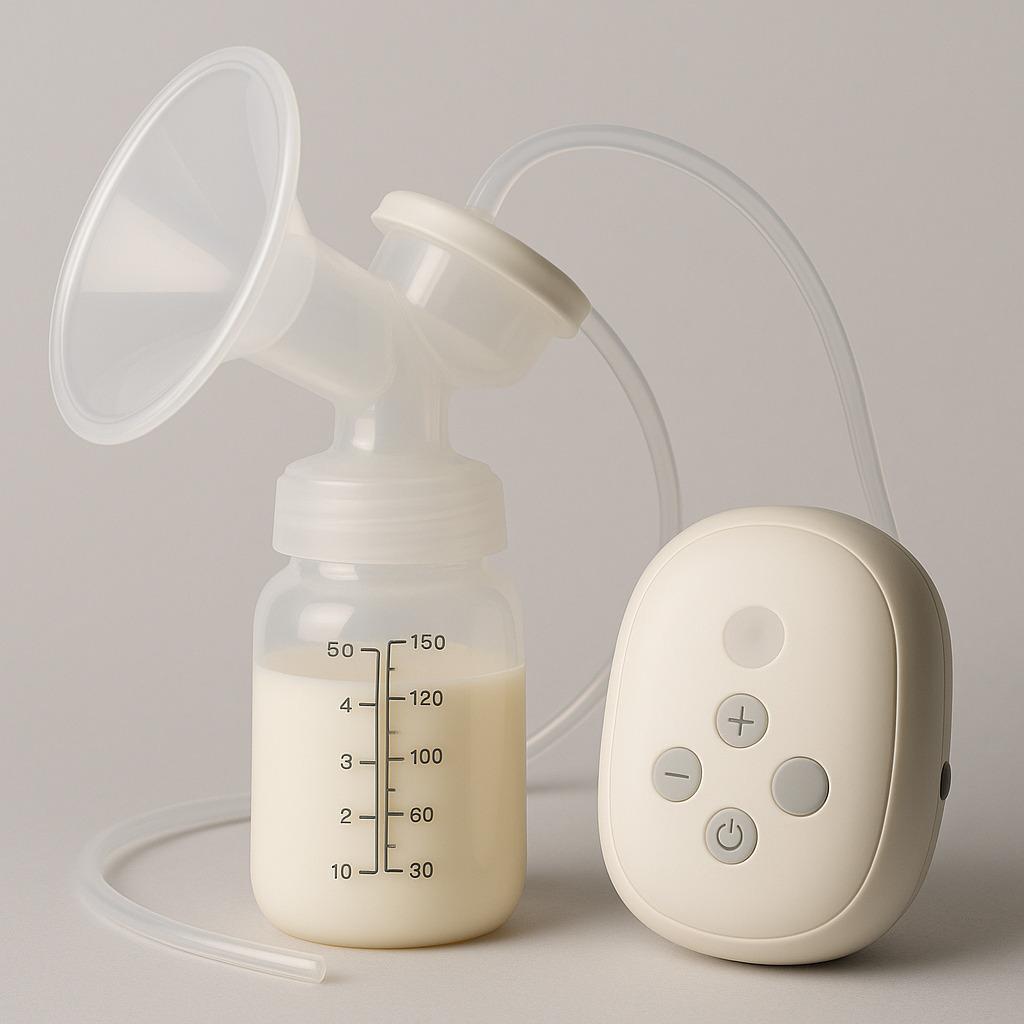Ultimate Guide to Dry Cat Food: A Nutritional Powerhouse for Your Feline Friend
When it comes to feeding your cat, choosing the right food is crucial for their overall health and well-being. One popular option among pet owners is dry cat food, which is often favored for its convenience and long shelf life. In this comprehensive guide, we'll explore everything you need to know about dry cat food, including its benefits, key ingredients, how to choose the right one, and much more. Whether you're looking for cat food in Pakistan or elsewhere, this guide will give you all the information you need to make an informed decision for your furry companion.
What is Dry Cat Food?
Dry cat food, also known as kibble, is a highly processed form of cat food that is typically made by baking or extruding a mixture of ingredients such as meat, grains, vegetables, and vitamins. It's a convenient and shelf-stable option that is easy to store and serve. Unlike wet food, dry food does not require refrigeration and can be left out for extended periods.
Benefits of Dry Cat Food
Dry cat food offers several benefits for both pet owners and cats. Here are some of the top advantages:
-
Long Shelf Life: Dry food can last much longer than wet food, making it a cost-effective and convenient option. It doesn't require refrigeration and can be stored at room temperature.
-
Dental Health: The crunchy texture of dry kibble helps reduce tartar build-up on your cat's teeth, promoting better oral hygiene.
-
Convenience: Dry food is easy to store, measure, and serve. It doesn't spoil quickly and can be left out for cats to eat at their own pace.
-
Cost-Effective: Dry food is generally more affordable than wet food, especially when purchased in larger quantities.
Key Ingredients in Dry Cat Food
The quality of dry cat food depends largely on its ingredients. Here are some of the most common and important ingredients you’ll find in dry cat food:
-
Protein: Cats are obligate carnivores, meaning they need a diet rich in animal protein. Look for high-quality sources of protein like chicken, turkey, beef, or fish.
-
Fat: Healthy fats provide essential fatty acids for your cat’s coat, skin, and overall energy. Omega-3 and omega-6 fatty acids are particularly beneficial.
-
Carbohydrates: While cats don’t need carbs as much as they need protein and fat, small amounts of carbohydrates (like rice or sweet potatoes) can provide energy and fiber.
-
Vitamins and Minerals: Essential vitamins and minerals, such as taurine, calcium, and Vitamin E, are added to support your cat’s immune system, bones, and general health.
-
Fiber: Fiber helps in digestion and can prevent constipation. Some dry cat foods also include fiber-rich ingredients like beet pulp and cellulose.
How to Choose the Best Dry Cat Food
When selecting dry cat food, it’s important to consider your cat’s age, health condition, activity level, and dietary preferences. Here are some tips to help you choose the right food:
-
Check the Protein Source: Since cats are carnivores, protein should be the first ingredient listed on the packaging. Look for named meat sources (e.g., "chicken" or "salmon") rather than generic terms like "meat meal."
-
Age-Appropriate Food: Cats have different nutritional needs at different life stages. Choose a formula that is appropriate for your cat’s age—kitten, adult, or senior.
-
Avoid Fillers: Be cautious of foods that contain fillers like corn, soy, or wheat, which provide little nutritional value and may contribute to obesity.
-
Look for Added Nutrients: Look for foods that contain essential nutrients like taurine, an amino acid that is vital for cats’ heart health and vision.
-
Consider Special Diets: If your cat has specific health issues, such as obesity or kidney disease, there are specialized dry food formulas that cater to these needs.
Interactive FAQs About Dry Cat Food
Q1: Is dry cat food better than wet food?
Both types of food have their pros and cons. Dry food is convenient and helps with dental health, while wet food provides more moisture, which is important for cats who don’t drink enough water. A combination of both may be ideal for some cats.
Q2: Can I leave dry cat food out all day?
Yes, dry food can be left out for cats to eat at their own pace, making it a great option for cats who prefer grazing. However, ensure that the food is kept fresh and that your cat has access to clean water at all times.
Q3: How much dry food should I feed my cat?
The amount of dry food you should feed your cat depends on their size, age, and activity level. Always follow the feeding guidelines on the packaging and adjust portions if your cat gains or loses weight.
Q4: Is dry cat food safe for kittens?
Yes, but it’s important to choose a kitten-specific formula that is rich in protein and fat to support their growth and development. Kittens have higher energy needs than adult cats.
Dry Cat Food for Special Health Concerns
If your cat has specific health needs, there are dry food formulas designed to help manage conditions like obesity, urinary tract issues, and more. Here are some common types:
-
Weight Management: Specially formulated to help overweight cats lose weight by providing fewer calories and a higher amount of fiber.
-
Urinary Tract Health: These foods are designed to promote a healthy urinary system by maintaining optimal pH levels in the urine.
-
Hairball Control: If your cat struggles with hairballs, look for foods that include added fiber to help pass hairballs through the digestive system.
-
Sensitive Stomach: Some dry foods are formulated for cats with digestive sensitivities, containing easily digestible ingredients and prebiotics to support gut health.
Dry Cat Food: The Bottom Line
Dry cat food is an excellent option for many cat owners due to its convenience, affordability, and benefits for your cat’s dental health. By choosing high-quality food made with real, named proteins and essential nutrients, you can provide your cat with the best possible diet to support their health and well-being.
When searching for cat food in Pakistan, or anywhere else, always be sure to check the ingredient list, nutritional information, and consult your vet if you’re unsure about which type of food is best for your cat. Remember, a balanced diet tailored to your cat’s specific needs will ensure a long, happy life for your feline companion.





